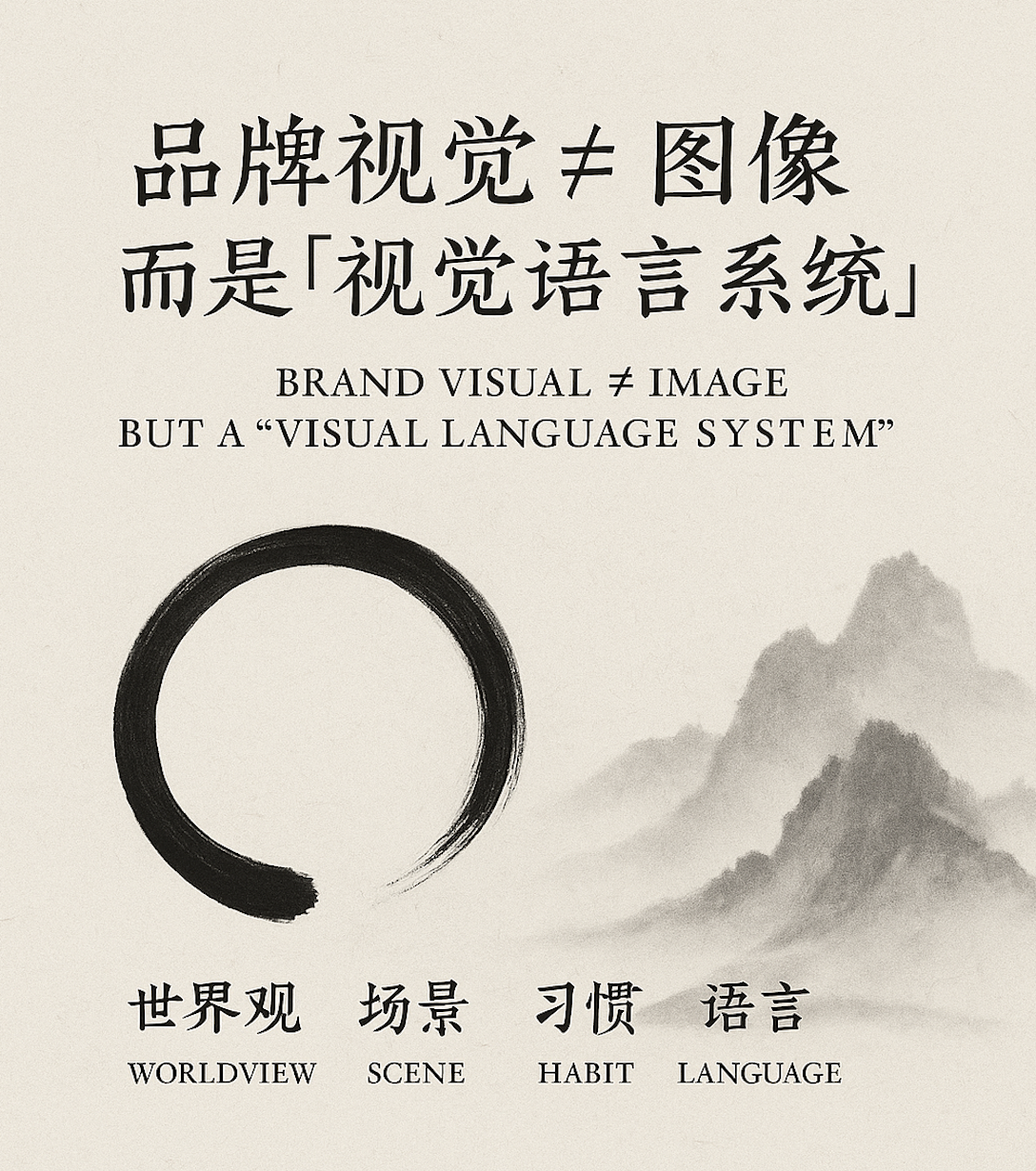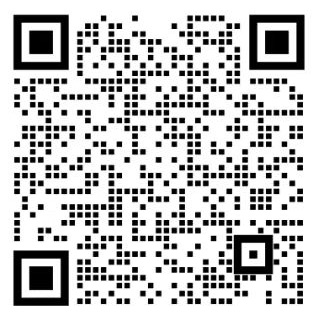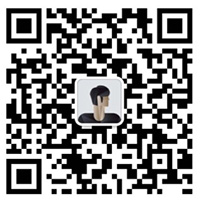
1. Underlying concept: brand vision ≠ image, but "visual language system"
Many brands mistakenly believe that: "Having a logo, a KV, and a main color is vision." But what is really difficult to copy is the brand's visual language, which should include: style philosophy (such as MUJI's "white space" and Apple's "sense of order"), narrative method (such as Aesop's "literary" scene composition + poetic copywriting), emotional tonality (calm, healing, mysterious, rebellious, etc.)
A highly recognizable visual is a combination of "worldview + scene + habit + language", not a single picture.
2. Visual strategy: build a visual anchor point that "cannot be easily copied"
1. Establish a "brand visual worldview", summarize your brand worldview in one sentence, and guide all visual decisions.
Example: "We hope that users can feel the slowness and purity of the East in a fast pace" - decide whether you will use blank space, plain light, textured materials, asymmetrical composition and other expressions.
2. Introduce "cultural details" and "ritual structure", which are the most difficult parts for AI to imitate.
Cultural details: specific materials (such as bamboo paper, woodcuts), traditional elements (landscape composition, folding fan form), local atmosphere
Ritual structure: For example, "unboxing is an oriental tea ceremony", or "meditate for 10 seconds before using the product" - incorporate the product into the ritual of life.
3. Set up "anti-standard visual rules" and add "artificial traces" visually:
Imperfection: asymmetrical elements such as brushstrokes, ink splashes, water stains, and paper textures
Material realism: stone, ceramics, cotton and linen, and old wood are more difficult to replicate than "smooth plastic"
Emotional atmosphere light: such as morning light, rain and fog, shadows, and night lights - more human than "AI light sources"
III. Practical operation method: create a "visual recognition moat"
Visual language library: establish a visual dictionary (color, light perception, composition, material, scene) as a consistent input for prompts, shooting, packaging, and KV
Prompt style template: a fixed set of AI visual prompt formats to ensure a unified output tone
Material assets Privatization: Shoot exclusive scene pictures, human models, and life situations to reduce the risk of AI replication
Combined with non-AI elements: Mix real shots, illustrations, handwriting, and real material maps in AI-generated images
Brand signature elements: Set "visual signatures": such as exclusive filters, brush strokes, watermark elements, specific blank ratios, etc.
Five keys to make brand vision unreplicable:
Worldview: Explain your philosophy of visual expression in one sentence
Non-standard details: Human expression in touch, culture, and materials
Fixed structure: Visual language and prompt systematization
Life scene binding: Make the product "only belong to a certain lifestyle"
Weak picture and strong language: In the era of strong AI vision, use "context" for visual differentiation





